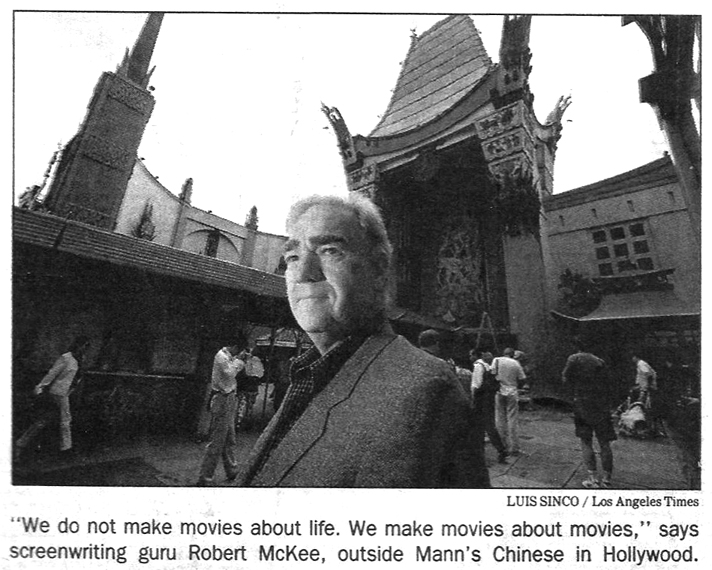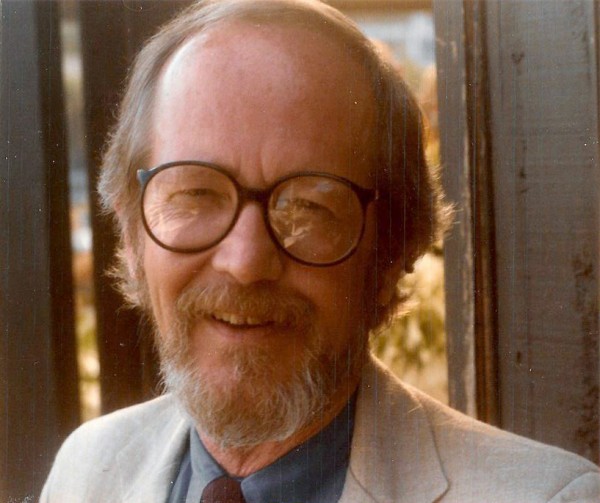An excerpt from the upcoming book by Armando Nieto, Mary Conrad, and Matt Pallamary:
Catherine Ryan Hyde and screenwriter Leslie Dixon (Outrageous Fortune, Mrs. Doubtfire, Pay it Forward, etc.), were introduced by SBWC workshop leaders and screenwriting team of Vicki Patik and Walter H. Davis. At conference time Dixon was still finalizing rewrites of the screenplay adaptation of Pay it Forward which would star Kevin Spacy.
Catherine was an unpublished writer when she first came to the SBWC as a student in 1993, and then returning as a successful author in 1999. She appeared a tad uncomfortable with her newly acquired fame.
“Leslie, maybe you should tell them about Pay It Forward,” said Ryan Hyde. “Because you didn’t write it and you can be more effusive than I can.”
Dixon began by speaking about screenwriting and the adaptation of an original work to the big screen. “I think when it comes to being a screenwriter and adapting a novel, the biggest thing is; is there a movie in this book?
You look at Beloved, which is one of the best books ever written, and you look at the movie which is a downer, and you ask yourself, what happened?”
Dixon talked about Gone With the Wind, and other novels which became great movies. When adapting a novel to film she said she looks at how the story can be told best by film — without a dreaded “voiceover.”
Where Pay it Forward was concerned, Dixon said she was reading it in bed and kept wondering, what happens next? When she finished reading she turned to her husband who was asleep next to her and said aloud, “I’m going to get this project,” and then to the SBWC audience, she said, “And I did!”
“See,” said Catherine, “I knew she should tell the story!”
The story of how the two women met and worked together was part of the SBWC magic, containing a series of coincidences including a mutual friendship with Barnaby Conrad. For attendees at the 1999 Conference the lecture had a Cinderella-esque aspect that captured the attention of more than one aspiring writer. The enthusiasm of the speakers also bespoke the sense that Catherine and Leslie both knew how rare the Pay it Forward Hollywood experience was for them.
If you are in Santa Barbara join us for the Santa Barbara Writers Conference Scrapbook publication party!
https://youtu.be/KZIkSZWKg4g






 Early Bird Registration
$575--full conference!
Through
Early Bird Registration
$575--full conference!
Through 
















